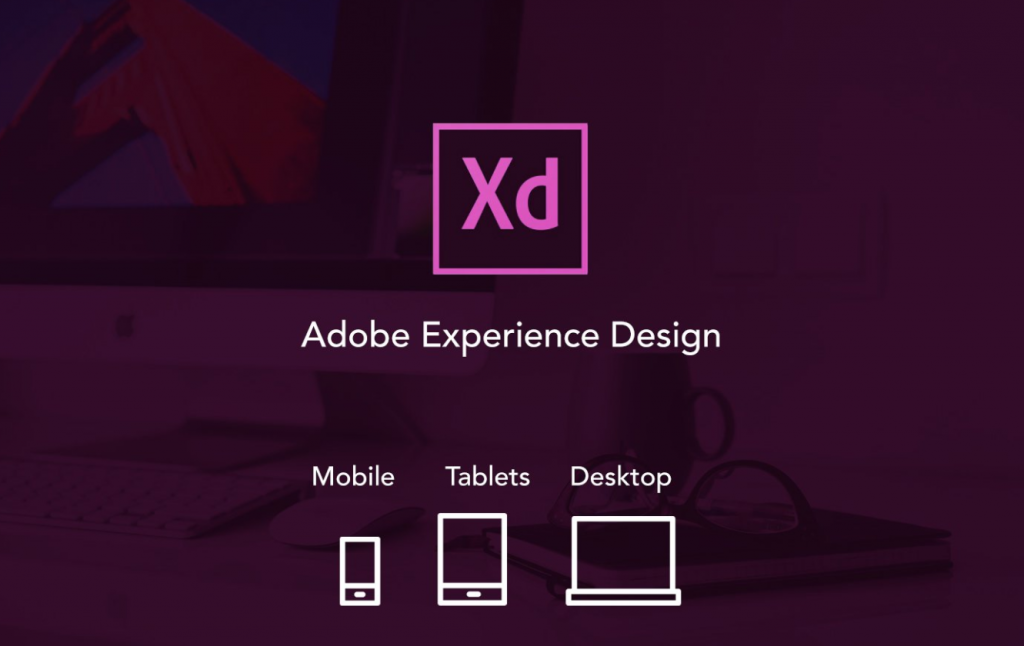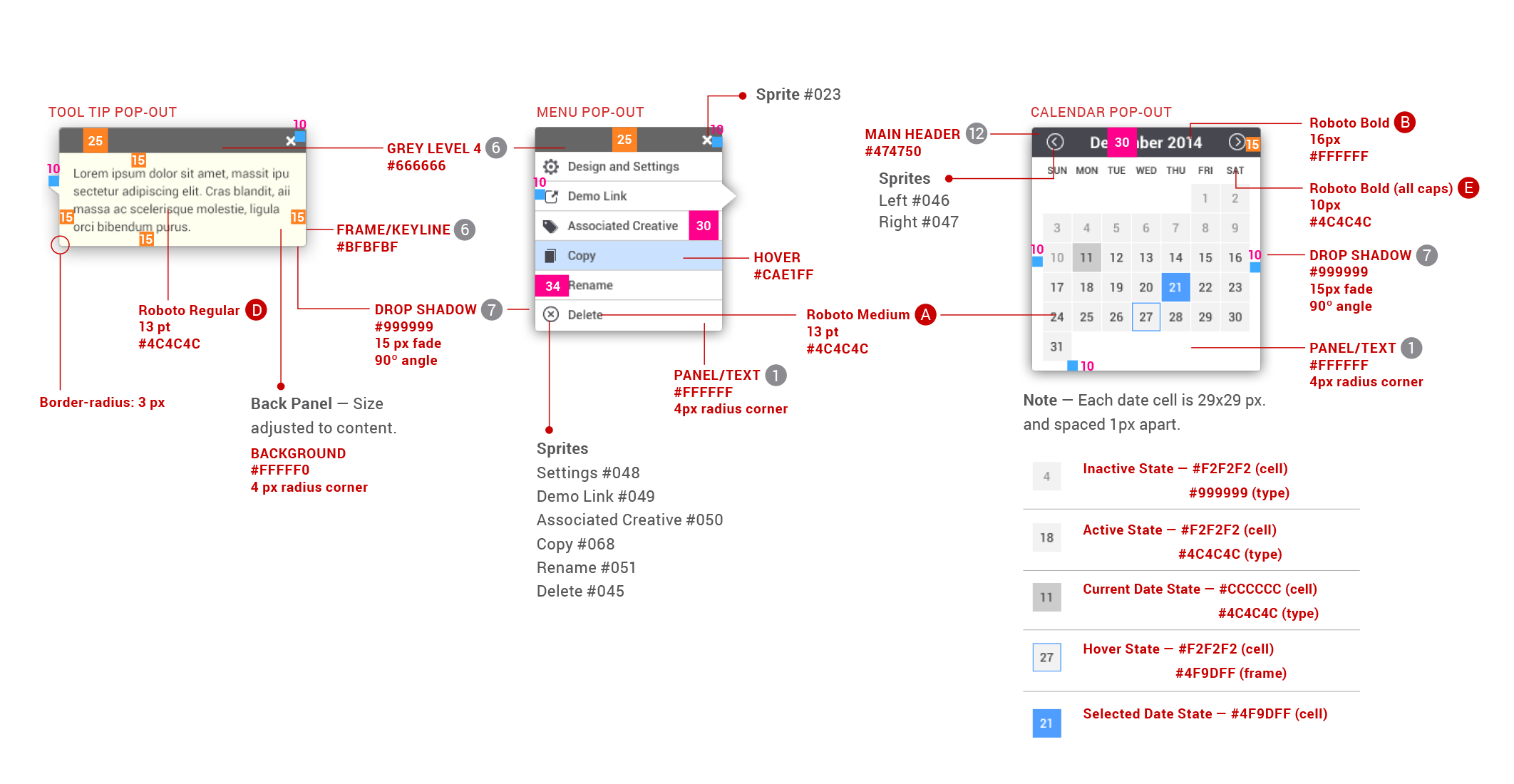Explore thousands of high-quality airship images on Dribbble. Your resource to get inspired, discover and connect with designers worldwide. Zeplin automatically exports assets which are images generated from layers in Adobe XD that are marked for export. To mark a layer for export in Adobe XD, open the Layers panel, hover over the layer, and click the mark for export icon.
What Are UI Design Tools?

It’s almost an unspoken agreement that UI tools need to be a quadruple-threat to compete in today’s design industry, offering screen design, prototyping, and design handoff features all in a single app, or at the very least, integrate with third-party services to make this full-featured workflow available. As we’re starting to see the benefits of lean UX design, it’s also clear that UI design tools need to be collaborative.
Wait, what do UI design tools actually do?
- Screen design features help us mockup the visual design
- Prototyping features help us demonstrate interactions
- Handoff features aid with handing off designs to developers
- Collaboration features facilitate feedback and workflow tracking
And when do we do this?
When we’re ready to mockup the final design, after usability testing and wireframing.
…
By the way, if you’re more interested in learning how to create these final high-fidelity mockups, check out our free ebook that teaches you how to do so with InVision Studio.
Meanwhile, let’s take a look at the best UI design tools in 2020.
Sketch (macOS only)
Photoshop lost its crown to Sketch as the most-used UI design tool back in 2015.
Sketch literally revolutionized UI design, inspiring a whole new wave of intuitive UI design tools with now-standard features like artboards, symbols, and exporting.
While Sketch has become a victim of its own success, with rival apps mirroring their foundations on Sketch, being “the first” has had its advantages since it’s still the most commonly used design tool today. It’s certainly one of the cleanest and most intuitive, and can be a mighty force for those willing to extend their workflow with integrations.

Regarding design handoff, the options are InVision, Zeplin, Marvel, Avocode, Sympli, and Framer X, all of which allow UI designers to handoff specs, fonts, and image assets to developers — these design handoff tools also facilitate feedback from stakeholders.
Sketch vs. InVision
Comparing Sketch vs. InVision, some may say that Sketch has stopped innovating — Sketch only introduced interactive prototyping features in mid–2018. Plus, Sketch still doesn’t offer any design handoff features, whereas InVision does, so some might find the reliance of such integrations somewhat frustrating. Sketch by itself is $99/year, whereas InVision is free for light-use/solo designers, and InVision Studio is free forever.
InVision Studio (macOS only)
InVision recently released the long-awaited InVision Studio, making their design collaboration suite now the most complete solution on the market today, with screen design, prototyping, design handoff, and even advanced animation features. Check out the free ebook that we wrote, which also covers other tools like InVision Freehand.
InVision vs. Sketch
Lightroom for mac os x torrent. Comparing InVision vs. Sketch, InVision Studio boldly leads the way with more native features and a free lite version that lasts forever. In the months to come, InVision will overtake Sketch in terms of support as well, as they release their app for Windows.
All-in-all, with not many native collaboration features, Sketch relies heavily on integrations, which is totally fine if that’s your thing. InVision Studio enables collaboration through comments, workflow tracking, and finally, design handoff.
InVision vs. Figma
Choosing either InVision or Figma may come down to collaboration style. Where InVision has workflow tracking, Figma has live collaboration where everybody can comment and design all at once. That being said, InVision Studio sports advanced animation features whereas Figma relies on an integration with Principle, although, Figma has support for web, mac, and Windows, but InVision Studio is mac-only.
InVision vs. Adobe XD
Choosing between InVision and Adobe XD comes down to two things: animation features and Windows support. InVision Studio has timeline animation features, however Adobe XD has a Windows version — other than that they’re both fierce competitors being two of the most-funded UI design tools on the market today, both offering a design fund to help boost the ongoing development of their respective tools.
Adobe XD CC (macOS, Windows)
A huge reason to use Adobe XD is the Adobe ecosystem, which is not only heavily equipped for designers, but if you’re a veteran designer it’s likely that you’re deeply familiar with Adobe, and honestly, the best tool is the one you know how to operate.

Adobe XD CC ships with many of the same features as InVision (screen design, prototyping, design handoff, and so on), although Adobe XD is no stranger to innovation either, coming up with time-saving features such as repeat grids.
Adobe XD vs. Sketch
Comparing Adobe XD vs. Sketch, not only does Adobe XD offer more native functionality, it could the best UI design tool for Windows users so far, and even for mac users that delight in being familiar with Creative Cloud and the Adobe ecosystem.
Sketch is mac-only, so if you’re a Windows user then Adobe XD is a no-brainer.
Adobe XD vs. InVision
Adobe XD vs. InVision is a little tougher to dissect, because honestly, the only setback to InVision so far (compared to Adobe XD) is its lack of Windows support and a few minor bugs (because it’s fairly new). XD have been much slower on the release of core features like design handoff, whereas InVision is literally tearing up the UI design tool space, releasing features like timeline animation that even Adobe XD doesn’t have yet.
Windows? Adobe XD. Animation? InVision Studio.
Figma (Web, macOS, Linux, Windows)
Figma is so far the first and only UI design tool to ship with multiplayer design functionality, which essentially enables designers to collaborate in realtime.
Figma is another excellent Sketch alternative for Windows, although there are now mac and even Linux versions available, making it super for OS-flexible design teams.
Like many of the best UI design tools, Figma enables screen design, realtime device mirroring, prototyping, commenting, design handoff, and all of the other usual features, but massively excels when it comes to creating adaptive layouts and design systems.
Figma vs. InVision Studio
Comparing Figma vs. InVision Studio is a tough one, since they’re both offering mighty features. Ultimately, if your team needs multiplayer design/live collaboration, Figma is the better option, whereas InVision Studio is better for larger, feedback-driven teams.
However, as mentioned before, Figma lacks advanced animation functionality.
Figma vs Framer
Although Framer is mac-only, Figma and Framer are otherwise relatively similar, both sporting top-notch adaptive design features that help designers build smart responsive layouts. However, Framer doesn’t rely on Principle for animation like Figma does, with Framer being a JavaScript-friendly tool that can achieve dynamic, interactive layouts.
Multiplayer design? Figma. Motion design? Framer.
Framer X (macOS)
Historically touted as an app to help JavaScript nerds design with code, Framer has since entered the ring with a visual editor, introducing Framer Studio (now Framer X).
While it compares well with InVision Studio, XD, and Figma in terms of features, its history as a code-based design tool makes it especially useful for designing functional, data-driven mockups that can be handed off to developers while communicating much more than how they should look visually. And if you know JavaScript and JSON (totally optional), this tool is even more incredible, especially when coding React-based apps.
Framer vs Sketch
Actually, it’s not so much Framer vs. Sketch as it is Sketch and then Framer. Where Sketch is somewhat reliant on integrations, Framer is still one of top tools to combine with Sketch for more advanced animations, design handoff, and functional prototyping.
Although, with majority of today’s UI design tools now turned into complete design collaboration suites, breaking up what should be a seamless design workflow seems counterintuitive when we can instead contain the workflow in a singular subscription.
Framer vs Figma
Framer and Figma are both masters of adaptive design and they sport many of the same features, however, Framer has the competitive edge because of its ability to design functionality as well as layouts — this includes loading spinners, live video, interactive sliders, and even forms that validate — Framer mockups can be incredible.
Zeppelin Adobe Xd Free
Honorable Mentions
Watch out! Here’s three curveballs.
Proto.io (Web)
Although not as mainstream as the likes of Sketch, InVision, or Adobe XD, Proto.io is one of the few design tools that take designers from wireframe to high-fidelity to design handoff without a cluttered and overwhelming user interface. Proto.io is also the team behind new user flow diagramming tool, Overflow App, also well worth a try!
UXPin (Web, macOS, Windows)
UXPin is your everyday UI design tool, but with wireframe features and the ability to maintain design systems and documentation — there’s animation tools too. It’s aimed at huge, enterprise-level teams, and while their browser-based version is a little clunky, UXPin’s new desktop applications seem a little better at handling all of these features.
Webflow (Web)
Webflow is a WYSIWYG editor that lets web designers leap from design to a live website. Taking care of hosting and CMS, Webflow results in clean, responsive code, and even enables functional components and animations that work in all browsers. In terms of CMS, Webflow can build landings, blogs, and even whole eCommerce stores.
Although Webflow takes the time and effort out of developing a website, there isn’t much leg-room for collaboration and UX design, so designers will still require at least a wireframe tool before moving to Webflow — which, when you think about it, is more of a development tool that doesn’t require coding skills — it’s development for designers.
Beta UI Design Tools
Subform and Phase are upcoming UI design tools that look to rival Framer, offering the ability to create dynamic, functional mockups that result in actual code. Phase is looking like it’ll have the competitive edge with live collaboration, so you could say that it’s the lovechild of Framer and Figma — which, to be honest, has all the makings of a top tool.
Download our ebook to learn how to design great UX from start to finish.
Got feedback? We’d love to hear it! Send us a tweet @ uxtricksdesign.

Companies design, prototype and build their digital products in many different ways. At Figma, we want to support systems of all stripes, so teams can collaborate using the process that works best for them.
That’s why I’m so excited about today’s news: We’ve integrated with Zeplin, a popular hand-off app for UI designers and front-end developers. Zeplin focuses solely on the developer experience, presenting the data to engineers in an intuitive way.
Zeppelin Adobe Xd Software
We’ve received a lot of requests for a Zeplin integration over the years. If you’re a Figma fan whose workflow depends on this dev tool, now you can transition seamlessly between the two applications.
Unlike Figma’s code mode, where the assets are always up to date for the developer, you’ll need to re-export your designs to Zeplin whenever you make a change to the original.
To enable Figma and Zeplin follow these steps:
Zeppelin Adobe Xd
- Download Zeplin and create a project (experimental is fine)
- Go to Figma and enable Zeplin by selecting the top left hamburger menu>>integrations>>Zeplin
- Make a frame in Figma
- Select the frame, hit export and choose “export to Zeplin”
- The Zeplin application will automatically open. Choose “import”
- Voila! Your Figma design can now be viewed in Zeplin.
Zeplin Adobe Xd
As the product design space goes through an unprecedented eruption of innovation 🌋, integrations like this help teams work together in smoother, more efficient ways. We’re continuing to build out our platform, and we are always looking for interesting new partners like Zeplin, so shoot us a line at partners@figma.com if we’ve piqued your interest.
